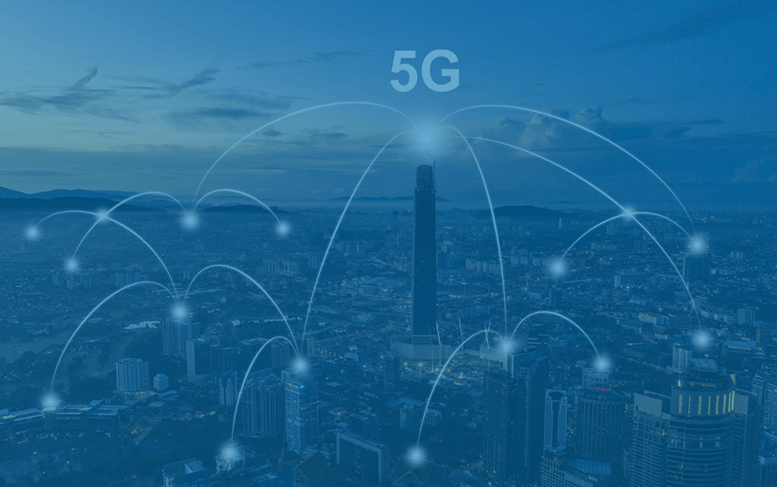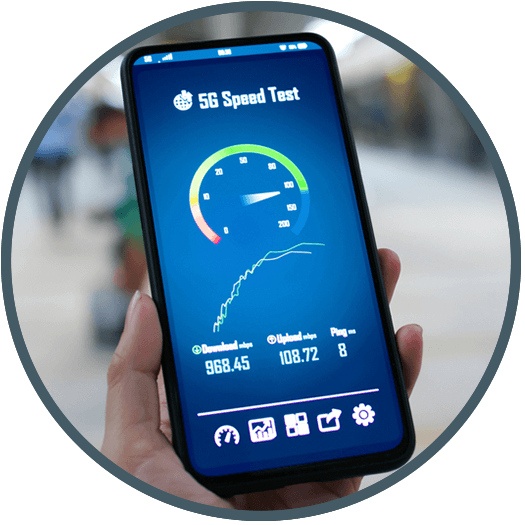5G User Plane Function
- Optimize network performance and reliability with Amantya’s cloud-native 5G UPF


Amantya’s 5G UPF
Amantya's standards-compliant 5G Standalone (SA) User Plane Function (UPF) is a cloud-native, highly optimized solution designed for efficient packet processing and mobility across Radio Access Technologies (RATs). It processes subscriber traffic between the Radio Access Network (RAN) and the Data Network (DN), ensuring low latency, high bandwidth, dense connectivity, and multi-tenancy.
This flexible, service-based solution supports both Quality of Service (QoS) and Quality of Experience (QoE) standards. It includes configurable and scalable hardware offloading and automation for edge deployments to meet the stringent performance requirements of 5G networks. Integrated with Napatech's SmartNIC technology, Amantya's 5G UPF enhances throughput and scalability, delivering ultra-reliable low-latency communication (URLLC) that is vital for mission-critical applications.
Integrated with  SmartNIC for enhanced performance
SmartNIC for enhanced performance
Learn More Amantya’s 5G UPF Features
Amantya’s UPF enables an easy to configure, future-ready, and adaptable data path. Some key features of the SA 5G UPF are:

Packet Detection Rule (PDR)
Classifies incoming traffic (PDUs) for effective data flow management.

Forwarding Action Rule (FAR)
Determines actions for traffic (forwarding, dropping, buffering) based on PDRs.

QoS Enforcement Rules (QER)
Enforces Quality of Service for prioritized traffic handling.

Buffering Action Rules (BAR)
Controls buffering behavior for efficient data flow management during congestion.

Usage Reporting Rule (URR)
Tracks and reports on traffic accountability and performance metrics.

Application Filtering
Utilizes Service Data Flow (SDF) to identify and filter specific applications.

CUPS on gRPC
Separates control and user planes for enhanced performance and reduced latency.

Integration with Any Data Path
Supports compatibility between the PFCP agent and various data paths.

ULCL Support & Branching
Diverts uplink traffic to the Data Network (DN) based on filtering rules.
Want to know more about Amantya’s UPF?
Request a DemoSupported Interfaces
Connects the gNodeB (Radio Access Network) to the UPF, transporting user data from the RAN to the UPF for processing.
Links the UPF to the Session Management Function (SMF) and supports key session management procedures.
Provides connectivity between the UPF and external/internal networks or service platforms, including the Internet, public cloud, and private clouds.
Acts as the UPF-to-UPF interface for branching points and uplink classifiers.
Deployment Models
- On-Cloud –
Full containerization of the UPF using Kubernetes orchestration enables dynamic deployment and scaling on any cloud infrastructure. - On-Prem –
Deployment of pre-configured UPF hardware on your premises is also available.

Get more details about Amantya’s UPF on your email
Send EnquiryBenefits

Flexible Deployment
Deployable on-prem or in the cloud
High Speed
100 Gbps aggregated speed
Containerized
Cloud-native network functions
Standards-Based
3GPP standards compliant
Agile Management
Kubernetes managed software
High Scalability
Scales up or down to meet user requirements